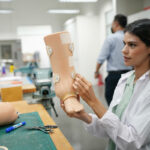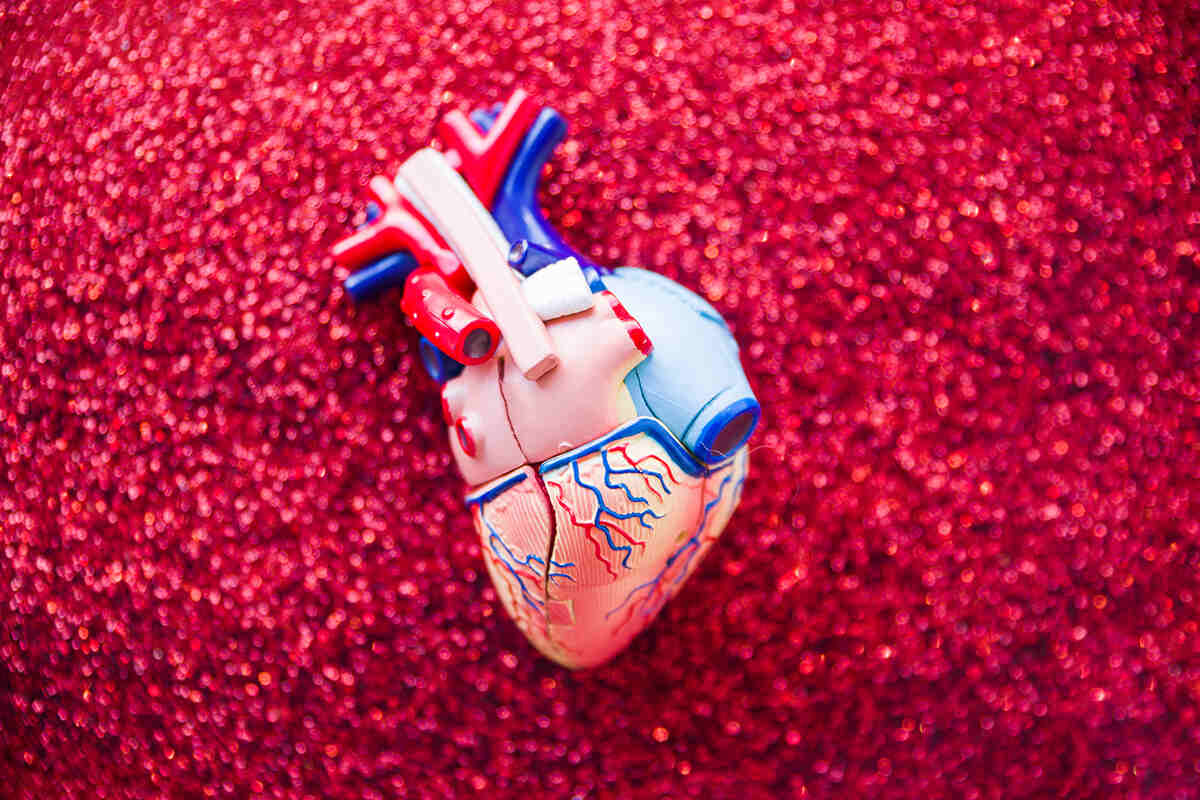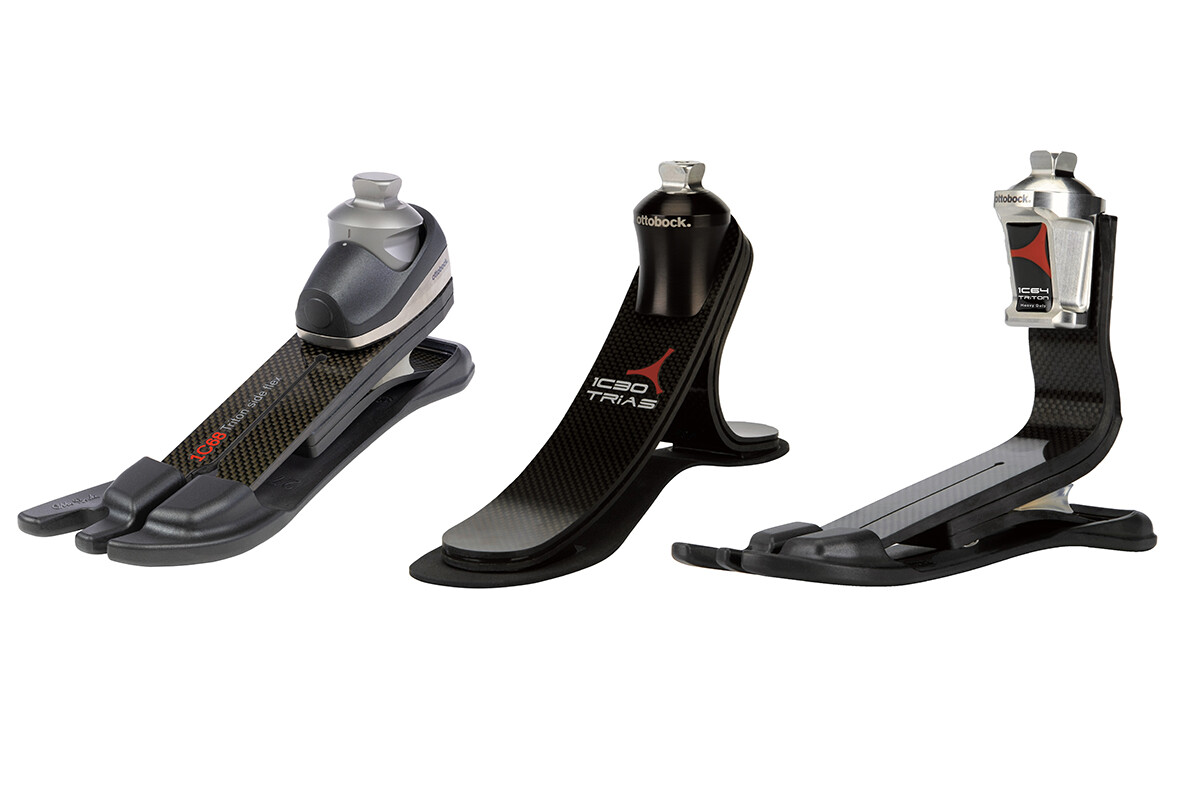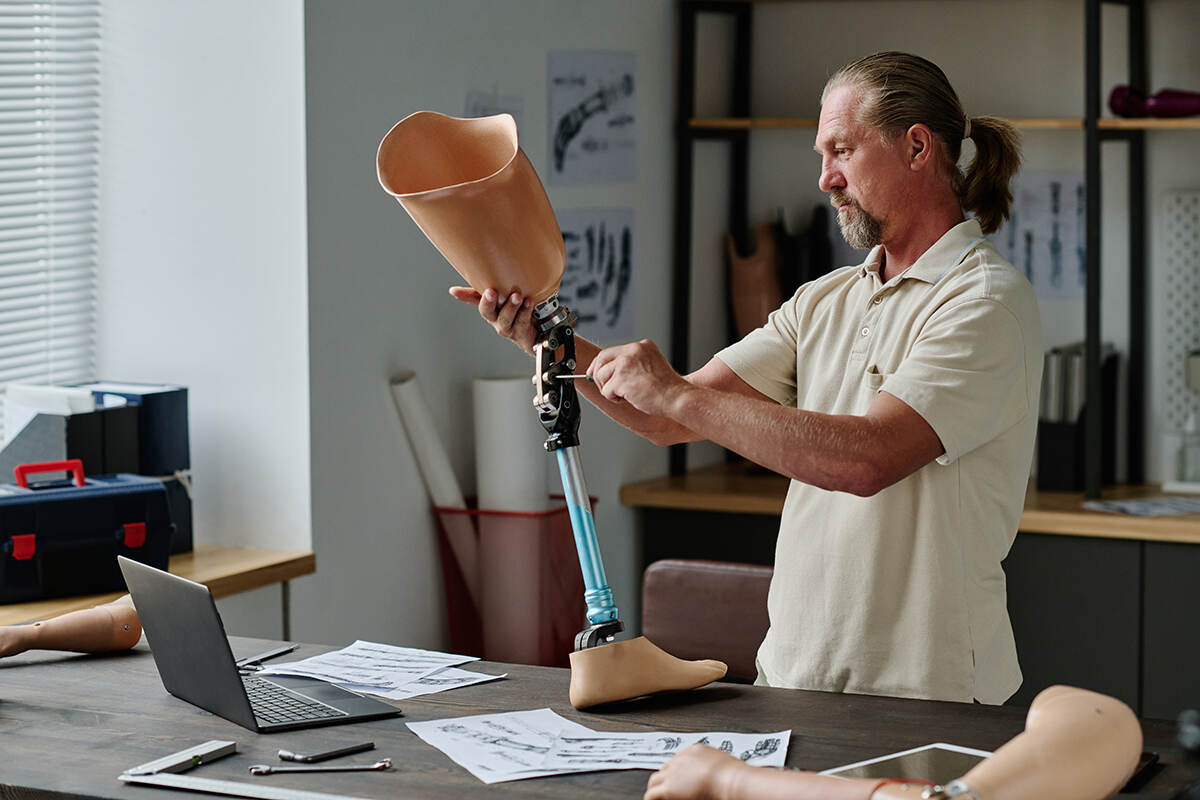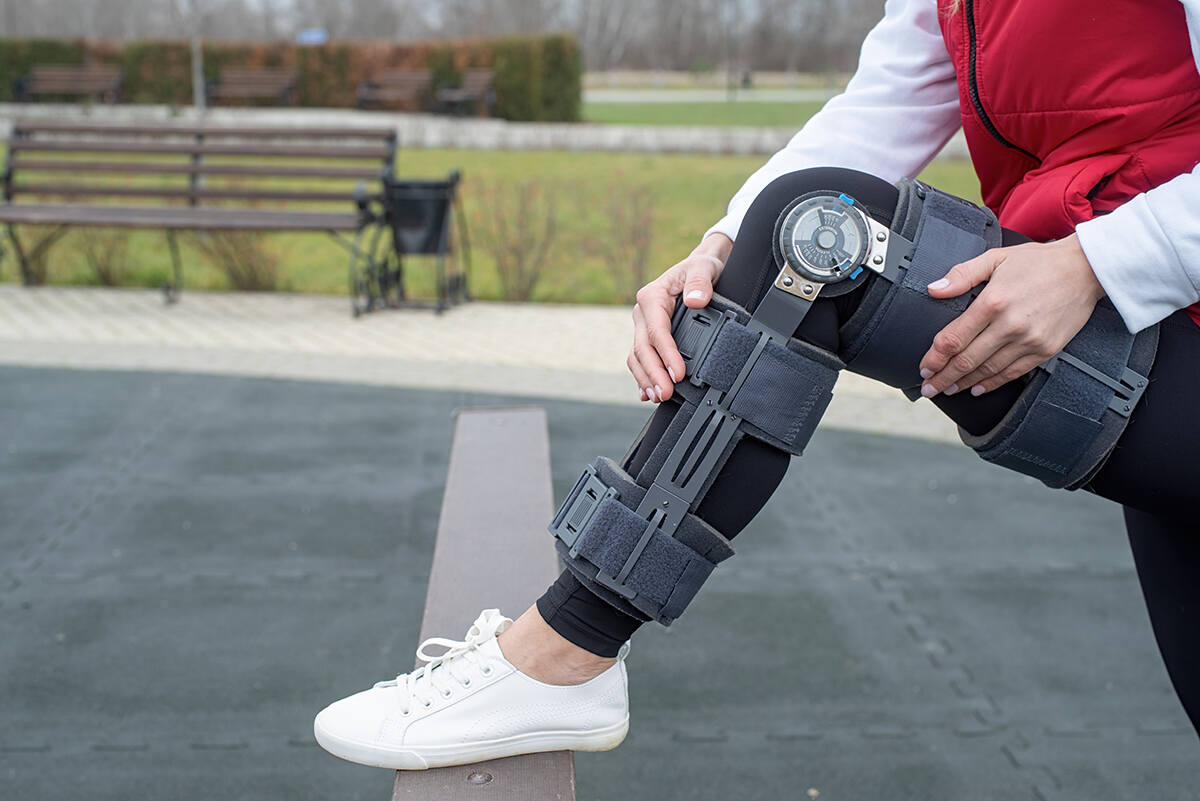What are congenital amputations? This condition involves the absence or incomplete formation of limbs at birth, presenting challenges that affect physical capabilities and personal development. Our guide delivers insights into the causes, diagnosis, treatment, and the journey of living with congenital amputations, offering a pathway to understanding and coping with this condition effectively for individuals and caregivers alike.
Key Takeaways
- Congenital limb deficiencies, such as congenital amputations, span a range from complete limb absence to mild underdevelopments with potential causes including genetic factors, amniotic band syndrome, and environmental or maternal influences.
- Diagnosis of congenital limb deficiencies involves prenatal detection through ultrasound or MRI and postnatal examinations including physical inspections and imaging, which are critical for early intervention and optimal development.
- Advancements in prosthetic technology and surgical interventions are improving quality of life for individuals with congenital limb deficiencies, with innovative approaches like 3D printing, myoelectric devices, and exploratory research in surgery.
Exploring Congenital Limb Deficiencies
Congenital limb deficiencies, including the more extreme case known as congenital amputations, manifest in various forms, from the total absence of a limb to milder forms such as lower limb reduction defects. These anomalies can significantly impact an individual’s physiological and functional abilities, causing discomfort, sensitivity to cold, fatigue, and activity limitations in the residual limb.
The exploration of the broad spectrum of these deficiencies offers insights into their complexities and reveals the challenges faced by those living with these conditions.
Understanding Congenital Amputation
Congenital amputation is a specific type of limb deficiency where a limb fails to form correctly or is entirely missing at birth, occurring during the development of the limb in the womb. This condition, which occurs in about 3.8 per 1000 births, is distinct from traumatic amputation, which happens after birth due to injuries or accidents.
Limb formation in the womb is a complex process, and one of the causes of congenital limb deficiencies is amniotic band syndrome, where fibrous bands within the amniotic sac entangle and constrict the developing limb.
The Spectrum of Limb Deficiencies
The spectrum of limb deficiencies is vast, ranging from complete limb absence to severe underdevelopment, known as hypoplasia. These conditions can affect one or multiple limbs and can be classified using various systems, such as the IPSO classification that primarily focuses on skeletal deficiencies.
Multiple limb deficiencies can arise from various factors, such as intrauterine amputation from amniotic bands, disruption of the developing arterial supply, and genetic errors in limb development.
Causes Behind Congenital Limb Deficiencies
Unraveling the underlying causes of congenital limb deficiencies is fundamental for effectively treating these conditions. They can be traced back to genetic factors, including genetic abnormalities and syndromes, or environmental and maternal factors, such as exposure to toxins and infections.
For instance, substances like thalidomide and retinoic acid are known to affect limb development, and maternal infections such as syphilis and toxoplasmosis can increase the likelihood of birth defects.
Genetic Factors and Syndromes
Genetic factors play a significant role in the development of congenital limb deficiencies. Upper limb deficiencies commonly include disorders such as radial ray deficiency, while lower-limb deficiencies often involve conditions like hypoplasia of the fibula. Both conditions can impact the functioning of the affected limb. Syndromes like VACTERL and TAR can lead to conditions such as absent or displaced thumbs, polydactyly, syndactyly, and forearm defects.
Grasping the nature of these genetic mutations and syndromes is essential, as it informs:
- the investigation and management of these conditions
- suitable interventions
- monitoring
- family counseling
This understanding is crucial for providing appropriate care and support.
Environmental and Maternal Risk Factors
Environmental and maternal risk factors significantly contribute to the occurrence of congenital limb deficiencies. Some of these risk factors include:
- Maternal smoking during pregnancy, which can increase the risk of congenital limb deficiencies
- Drug use, especially opioid use during pregnancy, which is linked to a higher risk of these conditions
- Gestational diabetes, a medical condition that can lead to limb deficiencies
Other environmental factors such as prenatal exposure to drugs and environmental toxicants also contribute to these conditions.
Diagnosing Congenital Amputations

Diagnosing congenital amputations involves both prenatal and postnatal evaluations. Prenatal detection is possible through ultrasound and Magnetic Resonance Imaging (MRI), while the postnatal evaluation process involves physical examination and imaging.
Detectable congenital anomalies in limb development through prenatal ultrasound include congenital absence or shortening of a limb, abnormal limb shape or position, and clenched fingers.
Prenatal Detection
Early identification of limb deficiencies during pregnancy can play a vital role in equipping families and healthcare providers for the arrival of a child with congenital limb deficiencies. While the effectiveness of ultrasound in detecting these conditions varies, it can identify congenital limb deficiencies as early as 9 weeks of gestation.
Prenatal MRI serves as an additional tool for detecting these deficiencies, particularly in situations where the ultrasound yields limited information.
Postnatal Evaluation
Assessing congenital limb deficiencies after birth is a significant step in the diagnostic process. This involves:
- Conducting a physical exam
- In rare cases, ordering an x-ray or MRI to confirm the diagnosis
- Monitoring growth and development
- Assessing muscle strength
- Screening for various conditions associated with congenital limb deficiencies.
It’s a collaborative effort from healthcare providers to ensure the well-being of the child through disease control.
Addressing Pediatric Limb Deficiencies

Addressing pediatric limb deficiencies involves a comprehensive approach that includes early intervention, occupational therapy, and prosthetic fitting. These strategies aim to promote age-appropriate milestones and functional independence.
Prompt intervention is paramount to guarantee optimal development in infants born with limb deficiencies or deformities. Occupational therapy also plays a significant role in assisting pediatric patients by promoting the development of maximum independence skills.
Early Intervention and Occupational Therapy
Prompt intervention combined with occupational therapy can aid children with congenital limb deficiencies in adapting to their environment and attaining functional milestones. Early intervention is of utmost importance as it provides timely and appropriate treatment and support to children from a young age. This involves the prescription of prosthetics or orthotics and facilitation of normal development.
Occupational therapy supports the child’s growth, encourages independence, enhances self-care skills, and enhances the aesthetic appearance of the limb.
Prosthetic Fitting and Adaptation
Prosthetic fitting and adaptation should be guided by developmental stages, patient goals, and functional needs. For children with upper limb deficiencies, prosthetic fitting is typically evaluated when they start to sit, around six months of age. For lower limb deficiencies, it is considered when they start to pull to a stand.
The selection of prosthetics is guided by functional needs, taking into consideration the level of deficiency to achieve an optimal fit between the user and the prosthesis to attain functional gain.
Surgical Interventions and Plastic Surgery

Surgical interventions and plastic surgery can significantly improve the function and appearance of children with congenital limb deficiencies. These include primary or staged surgical repair, limb lengthening, and reconstructive or plastic surgery.
The potential risks and complications of these procedures include increased mortality rates with the severity of the defect, traumatic injury, and chronic vascular problems that can lead to tissue death in the affected limb.
Reconstructive Surgeries
Reconstructive surgeries are a useful tool in enhancing function and mobility in children with limb deficiencies. These procedures encompass a diverse array of techniques used to address defects present at birth, as well as those resulting from disease or injury.
Procedures like thumb reconstruction have a significant impact on the function of children with these deficiencies by improving thumb function, crucial for grip and fine motor skills.
Cosmetic and Functional Considerations
Cosmetic and functional considerations in plastic surgery should balance the goals of improving appearance with preserving function and sensation. These considerations play a role in improving the appearance of the limb, while functional considerations aim to optimize the limb’s functionality through surgical procedures, prosthesis fitting, or other interventions.
Plastic surgery techniques for preserving functionality in patients include the implementation of range of motion exercises, often involving the use of a goniometer to quantify the joint angle.
Living with Congenital Limb Deficiencies
Living with congenital limb deficiencies requires emotional and social support, as well as strategies for navigating challenges in daily life. Some common difficulties faced by individuals with these deficiencies include:
- An elevated risk for depression
- Trait anxiety
- Issues related to self-esteem
- Phantom limb sensations
It is important to provide support and resources to help individuals cope with these challenges.
Beneficial social support systems include support groups and organizations that provide information, resources, and connect individuals and families with similar experiences.
Emotional and Social Support
Emotional and social support from family, peers, and healthcare providers can help individuals with congenital limb deficiencies maintain self-esteem and psychological well-being. Familial support is instrumental in boosting the psychological well-being of these individuals, providing much-needed emotional backing from the time of diagnosis and throughout their journey.
Healthcare providers carry a significant responsibility in offering emotional support to individuals with congenital limb deficiencies, extending support from the moment of diagnosis and continually addressing the unique emotional needs and uncertainties about the future throughout the individual’s life.
Navigating Challenges
Navigating challenges, such as pain management, skin integrity, and scoliosis, requires ongoing monitoring and coordination of care among healthcare professionals. Strategies for managing pain include teaching self-management techniques, promoting self-care, and addressing the appearance of the limb to potentially alleviate psychosocial pain.
The increased risk of scoliosis in children with congenital limb deficiency, including longitudinal deficiency, is attributed to potential asymmetric growth and abnormal spinal loading, leading to a spine deformity incidence of up to 18%.
Innovations in Treatment and Technology
Progress in treatment and technology, including breakthroughs in prosthetic technology and research frontiers, present hopeful advancements for individuals with congenital limb deficiencies. Recent developments in prosthetic technology for individuals with these deficiencies include:
- 3D printing for tailored prosthetic limbs
- Intuitive myoelectric control systems with targeted reinnervation
- The creation of bionic limbs that replicate the appearance and functionality of biological ones
These advancements offer new possibilities and improved quality of life for individuals with congenital limb deficiencies.
Cutting-edge materials like carbon fiber, titanium, and Kevlar are being employed in the construction of modern prosthetics to enhance their strength and durability, while also ensuring a lightweight design that is advantageous for individuals with congenital limb deficiencies.
Advances in Prosthetic Technology

Progress in prosthetic technology, encompassing myoelectric devices and 3D printing, can augment function and independence for individuals with congenital limb deficiencies. Myoelectric prostheses operate through the utilization of motors and batteries to facilitate the motion of the devices, providing a prosthesis to compensate for the loss of upper limb function and enabling myoelectric control of battery-powered prostheses.
3D printing technology optimizes the fabrication process, leading to quicker delivery of the prosthetic to the patient.
Research Frontiers
Emerging areas of study, like hand transplant surgery and neural development, persist in probing new avenues for enhancing the lives of those with congenital limb deficiencies. Hand transplant surgery has seen recent developments in enhanced patient selection criteria, refined surgical techniques like virtual surgical planning, and improved immunosuppression protocols.
Stem cell research and regenerative medicine contribute to the development of new treatment options by enabling the repair and reconstruction of tissue defects and demonstrating potential for prenatal surgery to mitigate neurological defects in children with congenital limb deficiencies.
Frequently Asked Questions
What causes congenital amputations?
Congenital amputations are most commonly caused by soft-tissue and/or vascular disruption defects, such as amniotic band-related limb deficiency, which involves loose strands of amnion entangling or fusing with fetal tissue. This is the most common condition leading to in utero amputation.
What is the most common congenital limb deformity?
The most common congenital limb deformity is polydactyly, which refers to the presence of supernumerary digits classified as preaxial, central, and postaxial.
What is it called when you are born without a limb?
It is called phocomelia when a person is born with underdeveloped or missing upper or lower limbs. This condition can be caused by genetic syndrome or exposure to certain drugs during pregnancy.
What are the main causes of congenital limb deficiencies?
Congenital limb deficiencies can be mainly caused by genetic factors like chromosomal abnormalities and syndromes, as well as environmental and maternal factors such as exposure to toxins and infections. It’s important to consider these factors in understanding and addressing the condition.




